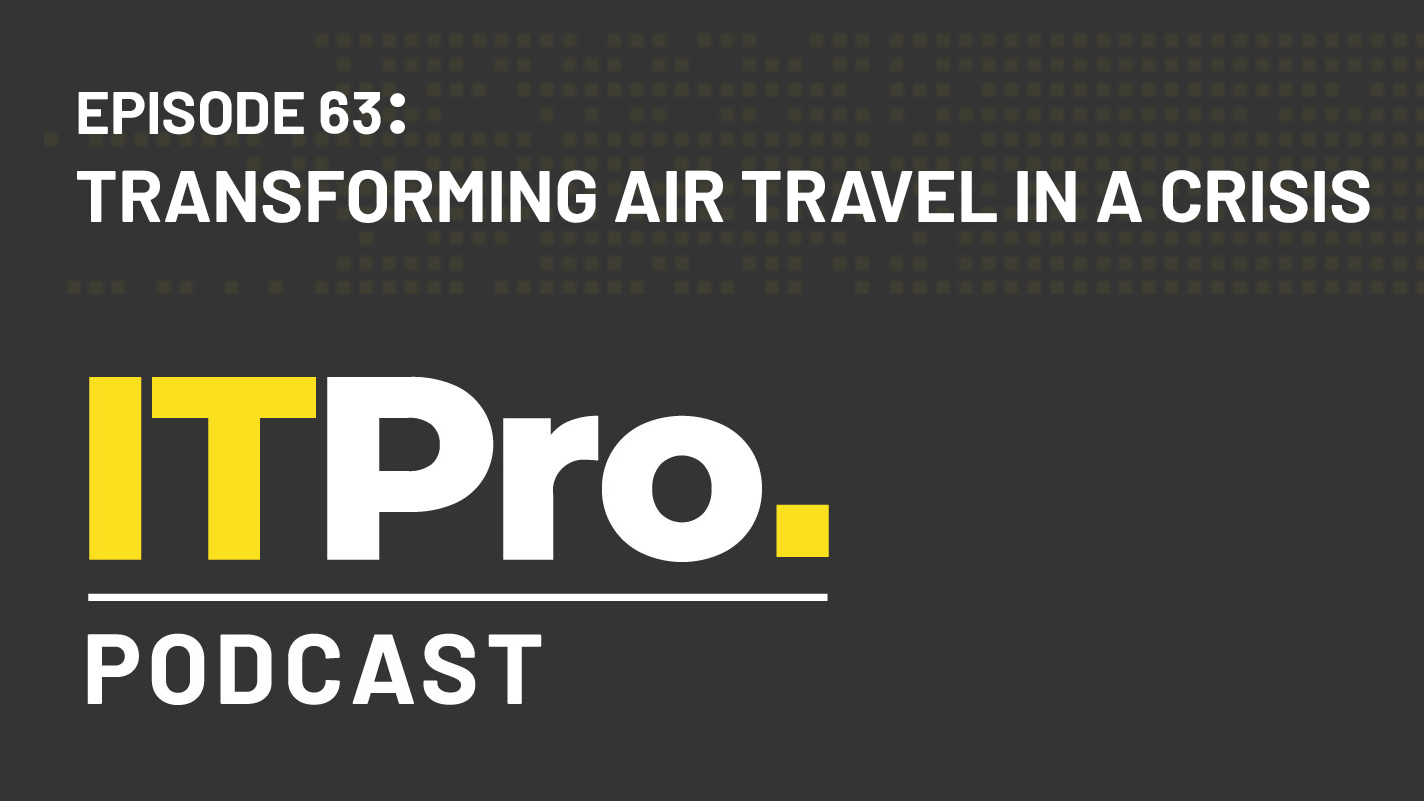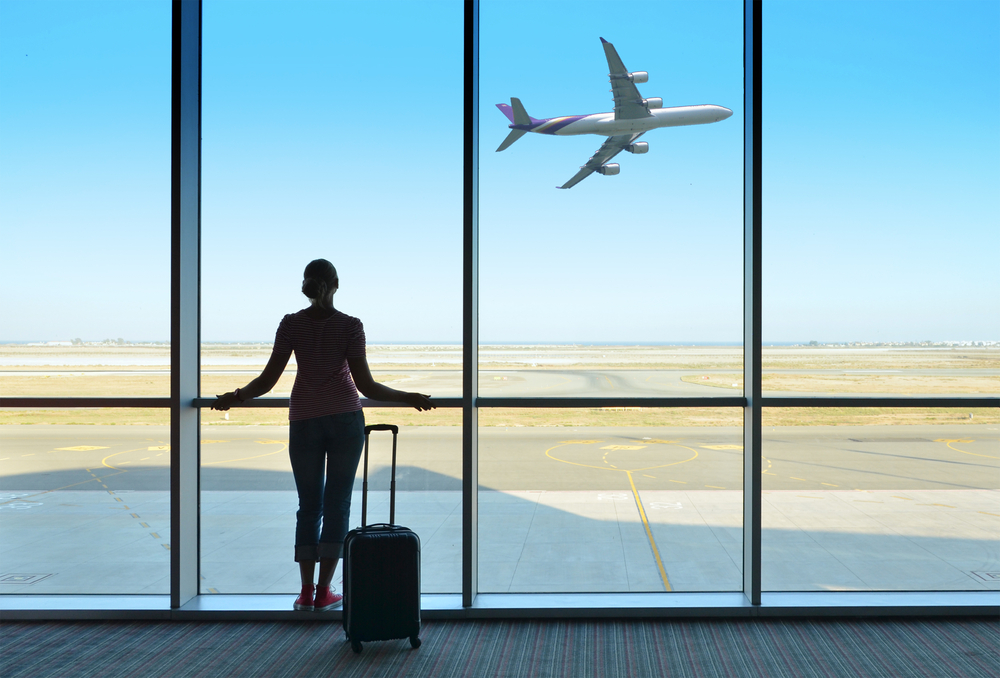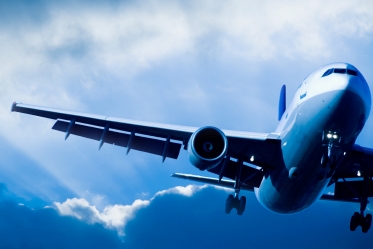Things to see and do in Dublin
We explore what Dublin has to offer business travellers in the third of our City Guide series...

You have two hours. Go!
Two hours isn't much time, but Dublin is such a small city that you should be able to squeeze a lot into such a short period. Much of what's worth seeing in Dublin is in the city centre and therefore walkable. First off, you could start by just walking around the city and checking out the main sights.
One way to begin is with a walk beside the River Liffey. From there head on down to the Samuel Beckett Bridge. This bridge was inspired by the iconic Irish harp.
Another great walk is the one along O'Connell Street. O'Connell Street is one of the major streets in Dublin. Lined with shops, it's the perfect place to pick up souvenirs for friends and family.
Nearby O'Connell street you can even find the famous Millennium Spire. The Millennium Spire is a massive 120ft tall spike that sits in the middle of the city, and is one of the major architectural structures in the city.
Some of the other main sights to try and check out in your free time are the Ha'Penny Bridge, Christ Church, and of course the Guinness Storehouse. Two hours definitely isn't enough time to do the Guinness tour, so only make that a priority if you have some more time on your hands.
If you do get a chance to go to the Guinness factory, the view from the Gravity bar is one of the best on offer in the city.
One final thing to check out if there's time is the most well-known pub in Dublin, the Temple Bar. It's a great place to grab a bite or a pint, but be aware that it is a major tourist attraction and will be busy almost all day long. So if you need to grab lunch somewhere I would suggest going somewhere else, but still be sure to drop by the bar to check it out during your free time.
Sign up today and you will receive a free copy of our Future Focus 2025 report - the leading guidance on AI, cybersecurity and other IT challenges as per 700+ senior executives
City customs
Many of the Irish customs simply have to do with protocol. One example of this is that if you are invited to someone's house you should try and arrive on time. Usually in Irish homes the food is prepared to be served on time, so if you arrive late your hosts won't be too happy.
Similarly, Irish business meetings also have a lot to do with politeness and common courtesy. At meetings everyone shakes hand with one another. One slight difference in Irish businesses from other businesses around the world is that many Irish businessmen do not have business cards. It is still customary for you to give them yours, just know that you might not get one back in return.
One other thing to keep in mind is that there is no traditional way to run a business in Ireland. Some businesses run their meetings with the intention of relaying information, whereas others hold business meetings as a time for getting feedback and input.
In addition to this, meetings may either be very structured or very unstructured. Most of this just depends on the business itself and whoever is running the business.
Useful lingo
In Ireland the primarily spoken language is English, however, Irish is spoken as well. Although you don't need to learn or speak Irish to have a successful trip in Dublin, sometimes you will see signs or bus monitors in Irish, so learning some key Irish terms could be beneficial to your trip. Here are just a few Irish key terms and phrases that you might come across on your travels:
Filte: Welcome
Cad mile filte: A hundred thousand welcomes
th cliath: Dublin (Dublin's Irish name)
Baile: Town
Baile itha cilath: City of Dublin
An lr: The city center
As seirbhs: Out of service
Garda: Police officer
Craic agus ceol: Fun and music
Slinte: Cheers
Mn: Woman
Fir: Men
Sln: Goodbye (the literal translation is "health" or "safe")
-
 ZINFI updates PRM platform to meet hybrid workforces’ needs
ZINFI updates PRM platform to meet hybrid workforces’ needsNews New features connect widely dispersed, multilingual business teams
-
 We'll meet again: The future of business meetings and travel are still in doubt
We'll meet again: The future of business meetings and travel are still in doubtWhitepapers Sample our exclusive Business Briefing content
-
 The IT Pro Podcast: Transforming air travel in a crisis
The IT Pro Podcast: Transforming air travel in a crisisIT Pro Podcast How the airline industry is using the pandemic to transform its IT
-
 Up in the air: Travel in the age of COVID-19
Up in the air: Travel in the age of COVID-19Whitepapers Sample our exclusive Business Briefing content
-
 How to manage your work/life balance when away on business
How to manage your work/life balance when away on businessIn-depth Nothing messes with 'you time' more than business travel, but here are a few things you can do to maintain your work/life balance
-
 Airport check-in delays caused by 'network issue'
Airport check-in delays caused by 'network issue'News Spanish software giant Amadeus's outage plagues airlines around the world
-
 Cisco wants to put superfast Wi-Fi on trains
Cisco wants to put superfast Wi-Fi on trainsNews ScotRail will trial 300Mbps on-board internet until March 2018
-
 Delta CEO apologises to customers following systems meltdown
Delta CEO apologises to customers following systems meltdownNews A power outage was to blame for flight cancellations

